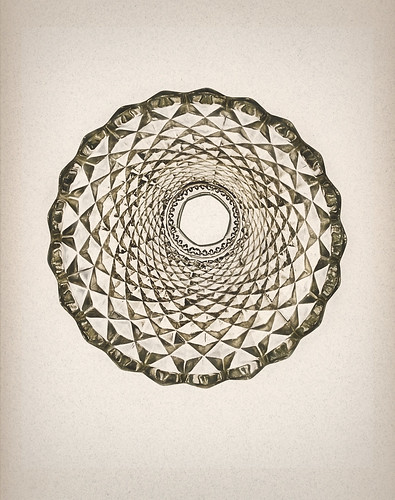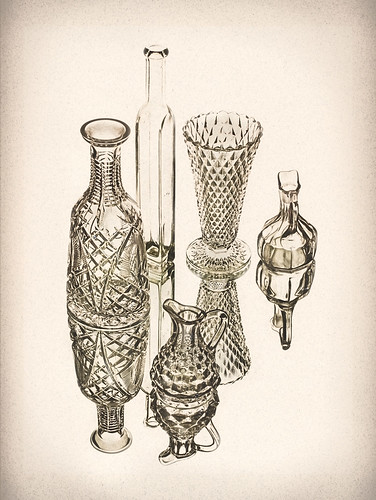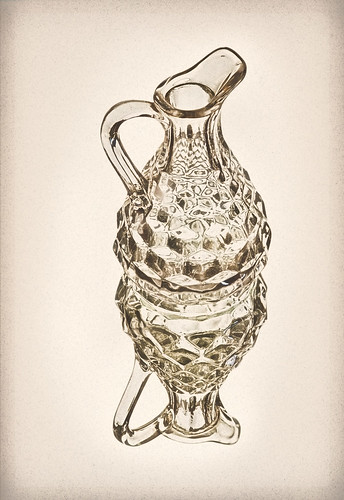“Among the many misconceptions about HDR (High Dynamic Range) image creation is a big mistake: the belief that HDR represents a style, or a particular look.
Photographers who subscribe to this particular misconception, whether they are for it or against it, tend to think of HDR imagery as bold, highly colored, and unrealistic—often represented by over-the-top sunsets or hardcore and gritty urban environments.
In fact, HDR is a technique, or rather a set of techniques, that can be used to extend the range from light to dark in an image—and how that range, called the ‘dynamic range’ of an image, is mapped into the final version of your image. Here’s a comparison that may help you wrap your brain around this concept. The world around us is three-dimensional, and it is not physically possible to show three dimensions in a flat, two-dimensional print. But perspective rendering, and the way our brains work, make it so that we visually pick up the cues in a two-dimensional photo (and some paintings)—and ‘see’ the subject of the photo as three-dimensional. In the same way, HDR is a technique that allows image creators to render apparently coherent a greater dynamic range from light to dark than in a normal photo.
That HDR is technique and not style is made abundantly clear by the wealth of options in the leading automated HDR programs, Nik’s Merge to HDR Efex Pro and HDRSoft’s Photomatix. Automated software is not the only way to extend dynamic range—I often prefer to multi-process my RAW files using Photoshop’s
layers, masks, and blending modes. I’ll also often hand-layer captures shot at differing exposure values rather than letting Nik or Photomatix handle the exposure blending. But getting back to my point, even within each of the automated HDR programs there are literally thousands of choices that one can make that change the visual style of the result.With the images of glassware shown along with this story I wanted my final results to look like old-fashioned etchings or pen-and-ink drawings. I shot each image using a mirror placed in front of a lightbox. The technique was pretty similar to what I’ve often used with transparent images of flowers.
I bracketed shutter speed in a wide range, and ended up putting four or five of the bracketed versions through Nik HDR, using a custom preset I’ve developed to enhance the etching look. I also did some hand layering in Photoshop, and some post-processing to add sepia tonality, retouched some problem areas, and bumped-up the painterly effect.
Certainly, these images were constructed in large part using HDR shooting and processing techniques. In look and style, however, they are pretty far from the way HDR is conventionally supposed to look. HDR is a toolset, not the result—with the result only limited by your imagination!”
(Via Photoblog 2.0.)



